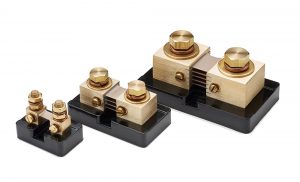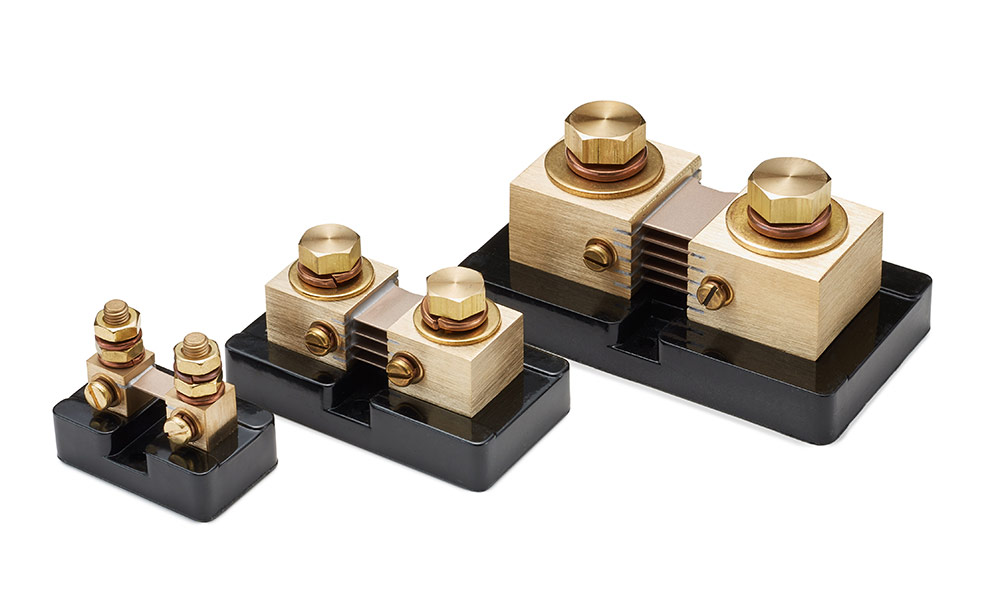A shunt is an electrical component with low resistance that measures large currents. The most common type of shunt is the DC current shunt. A DC current shunt is a resistor with a known calibrated resistance that is placed in series with a load.
The shunt resistor is used to measure the current flowing through the load. The voltage drop across the shunt resistor is proportional to the current flowing through the load. The current flowing through the load is equal to the voltage drop across the shunt resistor divided by the resistance of the shunt resistor.

The resistance of the shunt resistor is usually between 0.01 ohms and 0.0001 ohms. The voltage drop across the shunt resistor, at the rated amperage, is usually between 50 mV and 100 mV. The DC current shunt measures large currents flowing through electrical loads such as motors, batteries, and solar panels. The DC current shunt can also be used to measure AC currents at low frequencies.
In today’s article, let’s explore some essential things you should know about using DC current shunts. Read on to learn more!
How to Install DC Current Shunts
Installing a DC current shunt is a relatively simple process, but following the instructions carefully is essential to ensure accurate readings. First, you’ll need to purchase a shunt rated for the current you expect to measure. Second, you’ll need to wire the shunt in series with the load being measured. And third, you’ll need to connect the shunt-sensing leads so you can take accurate readings.
How to Use DC Current Shunts
To use a DC current shunt, connect the voltmeter to the shunt sensing leads, and then measure the voltage drop across the shunt. The current flowing through the circuit can then be calculated using the following formula:
Current (in amps) = Voltage drop (in millivolts) / Shunt resistance (in milliohms)
For example, if the voltage drop across the shunt is 50 millivolts and the shunt resistance is 10 milliohms, the current flowing through the circuit is five amps.
DC current shunts are an essential tool for measuring DC current. By understanding how to use them correctly, you can ensure that you get accurate measurements.
The Bottom Line
It is essential to do your research and consult professionals when using DC current shunts. This is because DC current shunts can be dangerous if used improperly and cause serious injury or death. If you are not sure how to use a DC current shunt, it is best to consult a professional or do your research before using one.
If you are looking to buy current shunts online, we can help you. Riedon is a resistor manufacturing company specializing in power resistors, precision resistors, surface mount resistors, high-temperature resistors, high power resistors, and custom resistors. Contact us today to learn more and get started.

